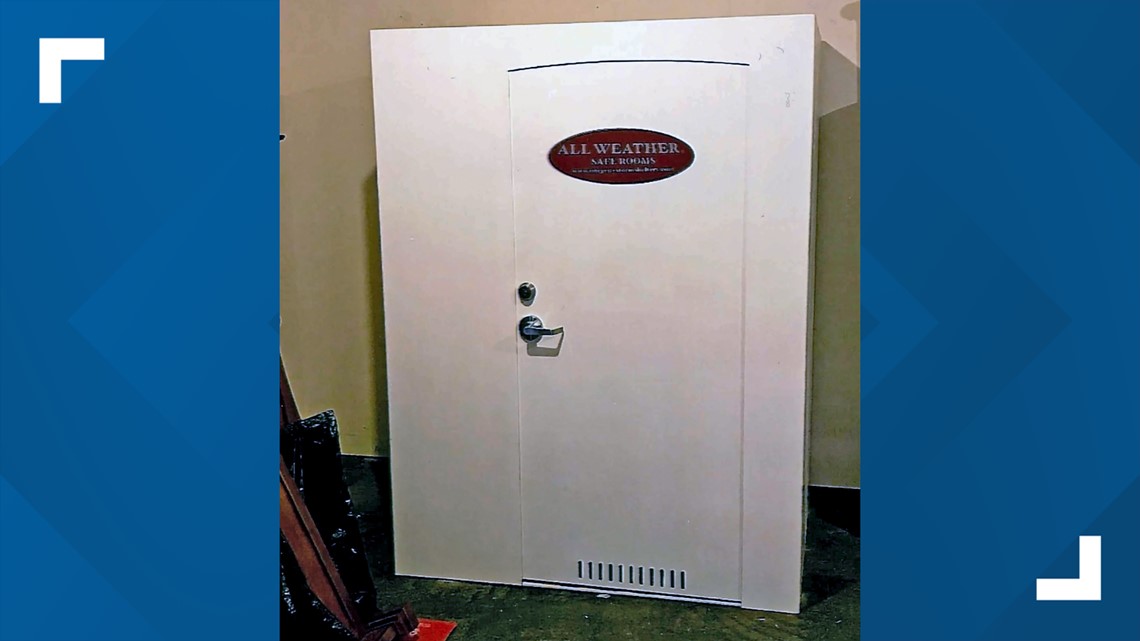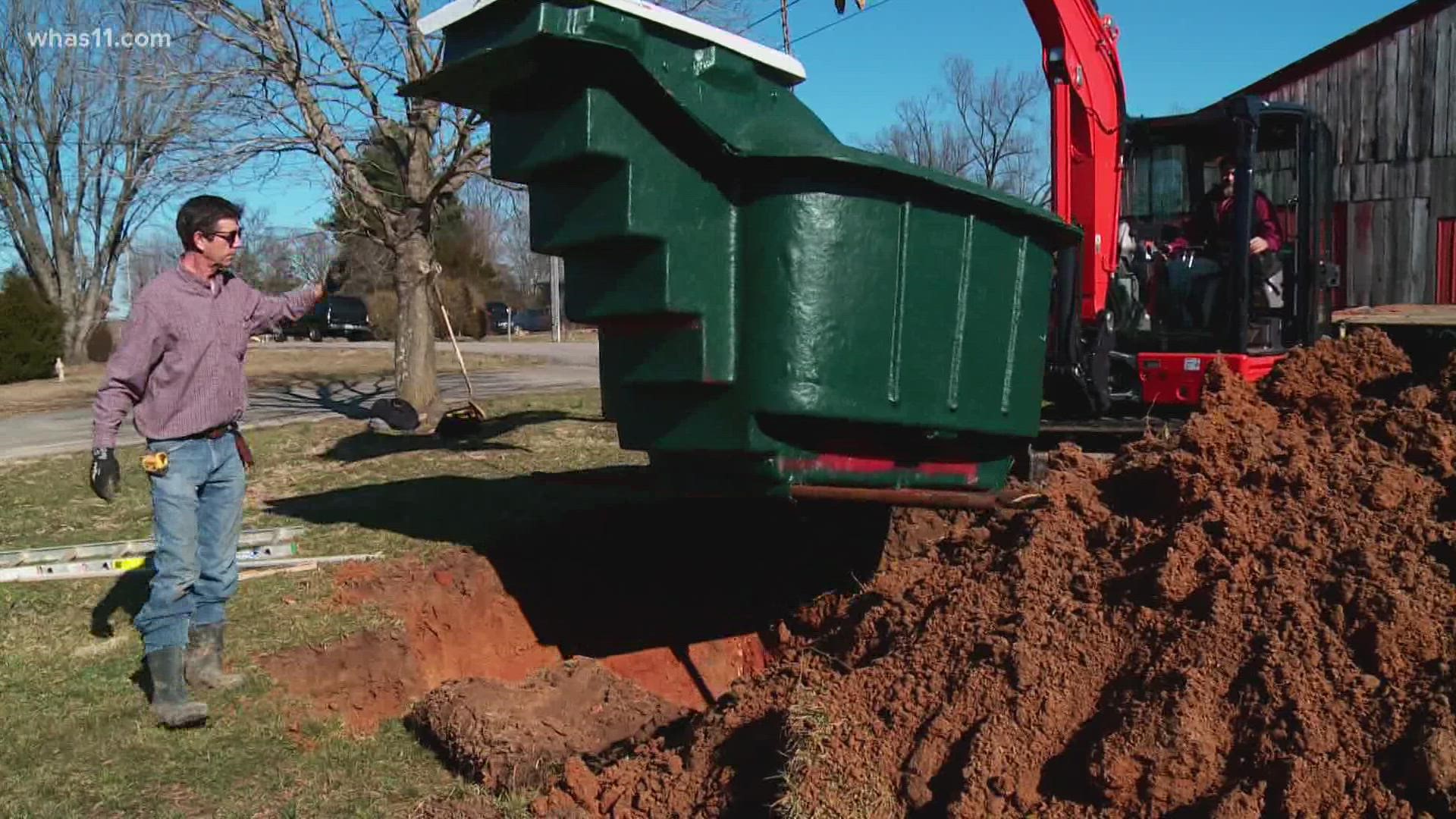INDIANAPOLIS — The Indiana Department of Homeland Security (IDHS) says homeowners who build a FEMA-approved tornado safe room or shelter can apply to be reimbursed for up to 75% of their expenses.
"Indiana averages 22 tornadoes a year," said Mary Moran, director of IDHS Emergency Management and Preparedness. "Since 1950, we've had something like 226 deaths and we've been kind of late to the game when it comes to pushing shelters."
But Moran is working to change that through the state’s residential safe room program.
"Each year, we try to build (the program) a little bit more and reach more people," she said.


Developed in 2015, Indiana provides the funding through the FEMA Building Resilient Infrastructure and Communities Grant Program.
IDHS has $115,000 for the latest round and is accepting applications through April 15.
Those interested must own their own home and not build the safe room in a flood plain.


Reimbursements are capped at $5,000. Recipients must also commit at least 25% of their own money.
Moran said the cost for most projects is between $3,000 and $7,500.
Click here for more information on the process of applying.
Severe weather in Indiana
Typically, central Indiana averages 12 tornadoes per year. The state of Indiana averages 27 tornadoes per year.
Spring weather can bring big temperature swings with gusty winds and humidity. And those conditions can help set the stage for severe thunderstorms.
When warm, moist air collides with cooler, drier air, thunderstorms can develop, and some can become severe.
When it comes to thunderstorm safety, it's important to know the difference between a Severe Thunderstorm Watch and a Severe Thunderstorm Warning.
During a watch, think "be prepared." Severe thunderstorms are possible and near your area. During a warning, think "take action." Severe weather has been spotted, indicating imminent danger.
It's a good idea to have a NOAA weather radio handy, just in case the power goes out and your phone dies, you'll still know what's going on. Choose a friend that's out of state as your go-to "check-in" contact.
And for lightning, there's the 30/30 rule. If you spot lighting, count to 30.
If you can't get to 30 before hearing thunder, it's best to go inside. Stay indoors for 30 minutes after hearing the last boom of thunder.
To stay prepared for all severe weather, make sure you have the Live Doppler 13 Weather app.


